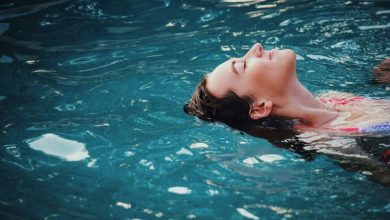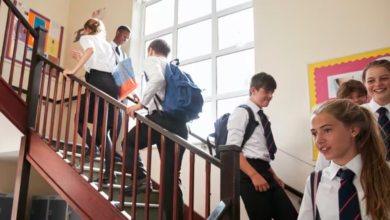AEDs: Your school could save a life
A scarcity of automated external defibrillators (AEDs) has experts concerned about public safety.
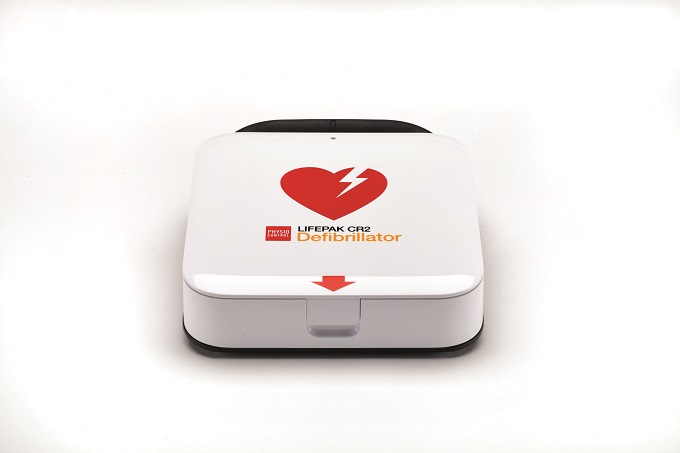
Around 2000 people suffer cardiac arrests outside hospital every year, according to the New Zealand Resuscitation Council.
Studies have shown that defibrillating someone who has arrested within minutes, can save their life and provides them with the best chance at a positive neurological outcome. Every minute that defibrillation is delayed, chance of survival decreases by 10 percent, according to the American Heart Association. However, AEDs are not nearly prevalent enough and schools could help turn that around.
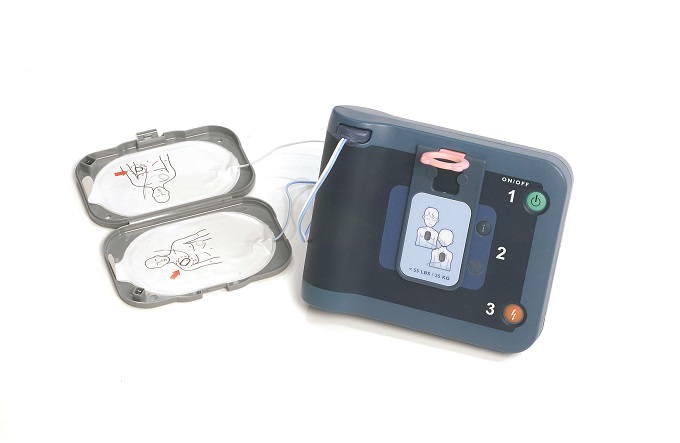
A new study by Peter O’Callaghan, Janice Swampillai and Martin Stiles published in New Zealand Medical Journal late last year identified just 50 in the city of Hamilton with only three continuously available. It found: “Lack of signposting and restrictions to access would lead to delayed defibrillation.”
Schools are often centrally located in our communities and play host to a wide variety of public events and activities. Making sure AEDs are swiftly accessible can save lives. Register your AED to the AED Locations app so that anyone can find and use it in an emergency.
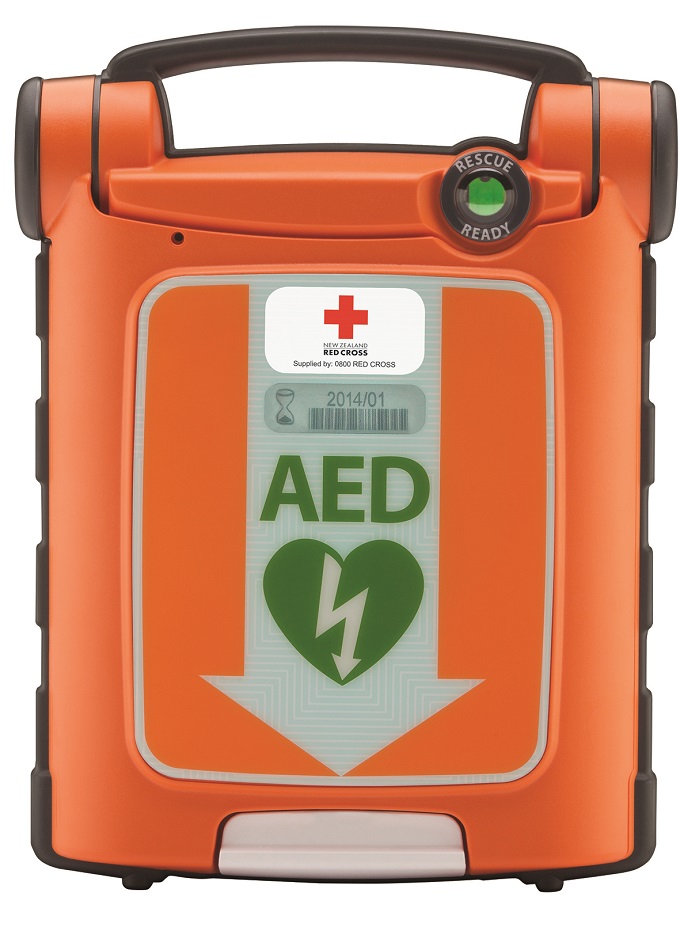
Advice from the AED sector
We cleared up some common misconceptions with key defibrillator suppliers to the school sector.
St John New Zealand product specialist Kwan-Lyn Lim explained: “Many people find the idea of using an AED daunting and at times scary. But AEDs are easy to use, with built in step-by-step voice prompts to guide you through the entire process and built in safety to ensure shocks are only applied when needed. Anyone can quickly learn to use an AED! You don’t need to be a medical professional or specially trained. If you’d like to gain more confidence in performing CPR and using an AED, you can download apps and video tutorials online for free. As for first aid training, there are a wide range of courses available to suit the different needs of teachers, staff, students and schools. This can range from a two-hour course to a two-day long course, with some offering NZQA unit standards and first-aider qualifications.
“AEDs do not normally require regular servicing by a technician. It is recommended that schools have a plan in place for regular AED checks by someone within the school to look out for any warning signs that the AED requires any maintenance actions. The ideal device performs a daily self-test to make sure that it’s always ready for use. This way, they do not require any other servicing as the unit performs a series of tests and will advise the user of any other maintenance actions via a chirp and/or flashing light. An AED should be placed in a well-known, central location that is easily accessible in an emergency. Schools can promote the location of its AED with clearly marked AED signage.”
First Training managing director Johanna Verheijen told us: “Every AED or defibrillator should have a tool kit supplied. In this tool kit there should be safety gloves, scissors for cutting clothing off, a medical razor for shaving hairy chests, a CPR face shield and some wipes or a small towel for drying the patient’s chest before placing the pads. You don’t need expert training to use an AED either. Just switch it on – most devices have a green button, green for go! Just follow the voice prompts and make sure you call 111 for emergency care.
“However, first aid training should be undertaken by members of staff and we recommend that all school staff have some first aid training that covers the use of an AED. Anyone taking EOTC, depending on the location they are taking their students to, I recommend they undergo outdoor first aid training. This is for isolated locations and longer-term care in case help is not available immediately.
“Where to place your AED is up to your school. Generally, the management and Board of Trustees decide on a spot. Some bigger schools may have several AEDs located around campus. Popular locations include admin areas, sick bay, or gym area accessible to after-hours sports teams. Anyone who buys or rents an AED can share that they have one by adding its location to an AED Locations app, which was developed so members of the public can quickly locate the nearest AED in an emergency.
“While these devices do not require servicing, in the unfortunate event that an AED is used, the pads and/or battery must be replaced so contact your supplier for replacement.”
Red Cross representative Michael Sharapoff said: “Reducing the time to deliver a shock is key factor in improving survival. When selecting an AED, review its ability to automatically customise the energy delivered for each patient. This is called variable energy. Generally, a smaller child would receive less energy than a large adult without the need to change pads or adjust settings during a rescue.
“I come across many AEDs in the community that are not in optimal condition. Expired pads and batteries are the main problem. When selecting an AED, review its ability to self-test every day. This ensures the everything works, including pad expiry and the battery capacity. These will be the keys to the success of a schools AED programme.
“When investing into an AED programme ensure all your AEDs in the community are Rescue Ready. Make sure all AEDs are managed in a free management programme and track the requirements of each AED. An outside prominent location is best. The right storage solution is important to protect the AED from temperatures outside that may damage the AED and not covered by device warranty. The best solution is a monitored Outdoor AED cabinet. They connect wirelessly to the internet of things (IoT) and send messages if the AED is used or needs attention.
“Together with the right equipment, training and support, gives rescuers like you the best chance of saving a life. At the end of the day having an AED will provide the best chance of survival for the school community should a sudden cardiac arrest occur so there is now an expectation by both staff and parents that AEDs are available.”





